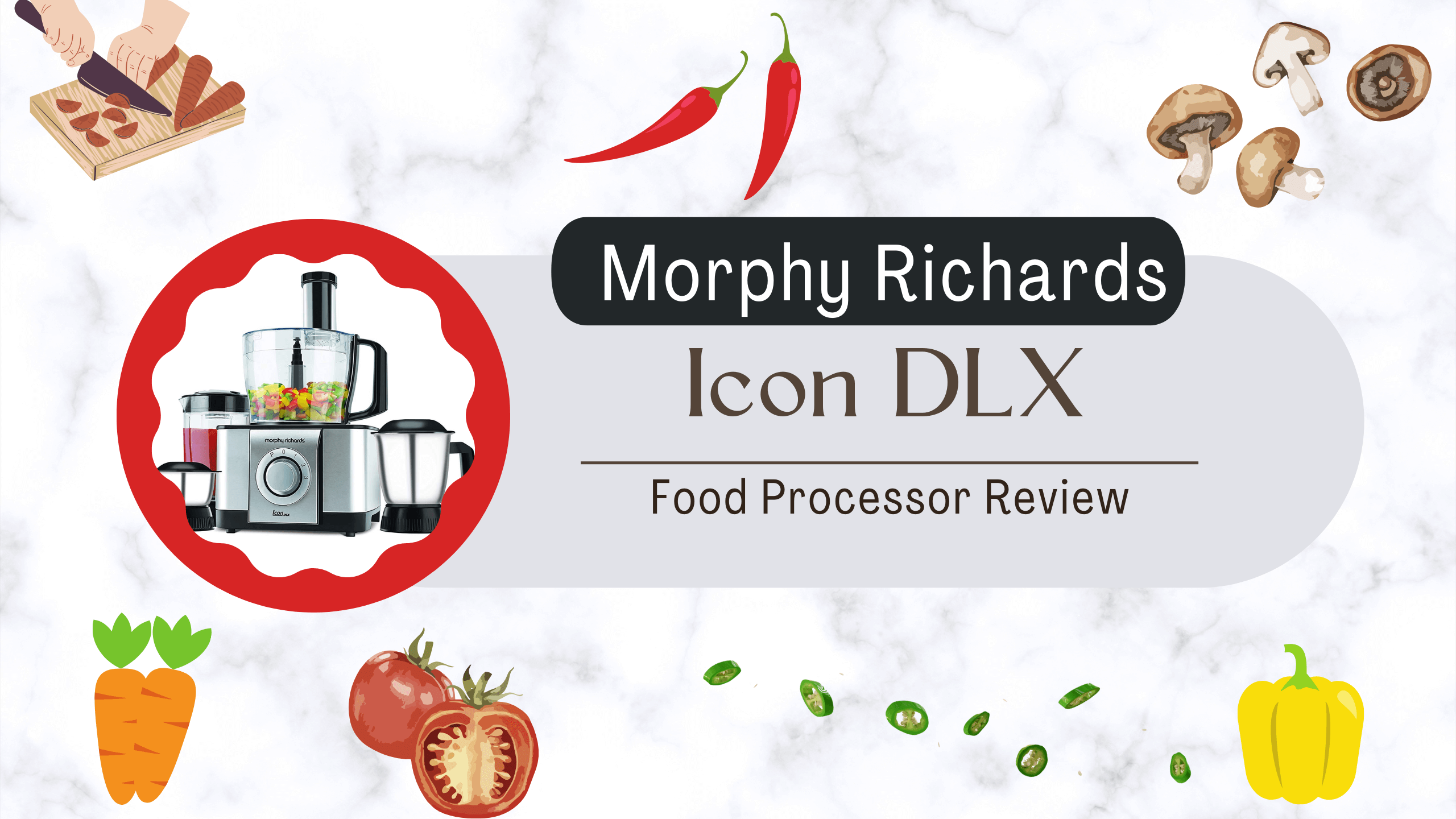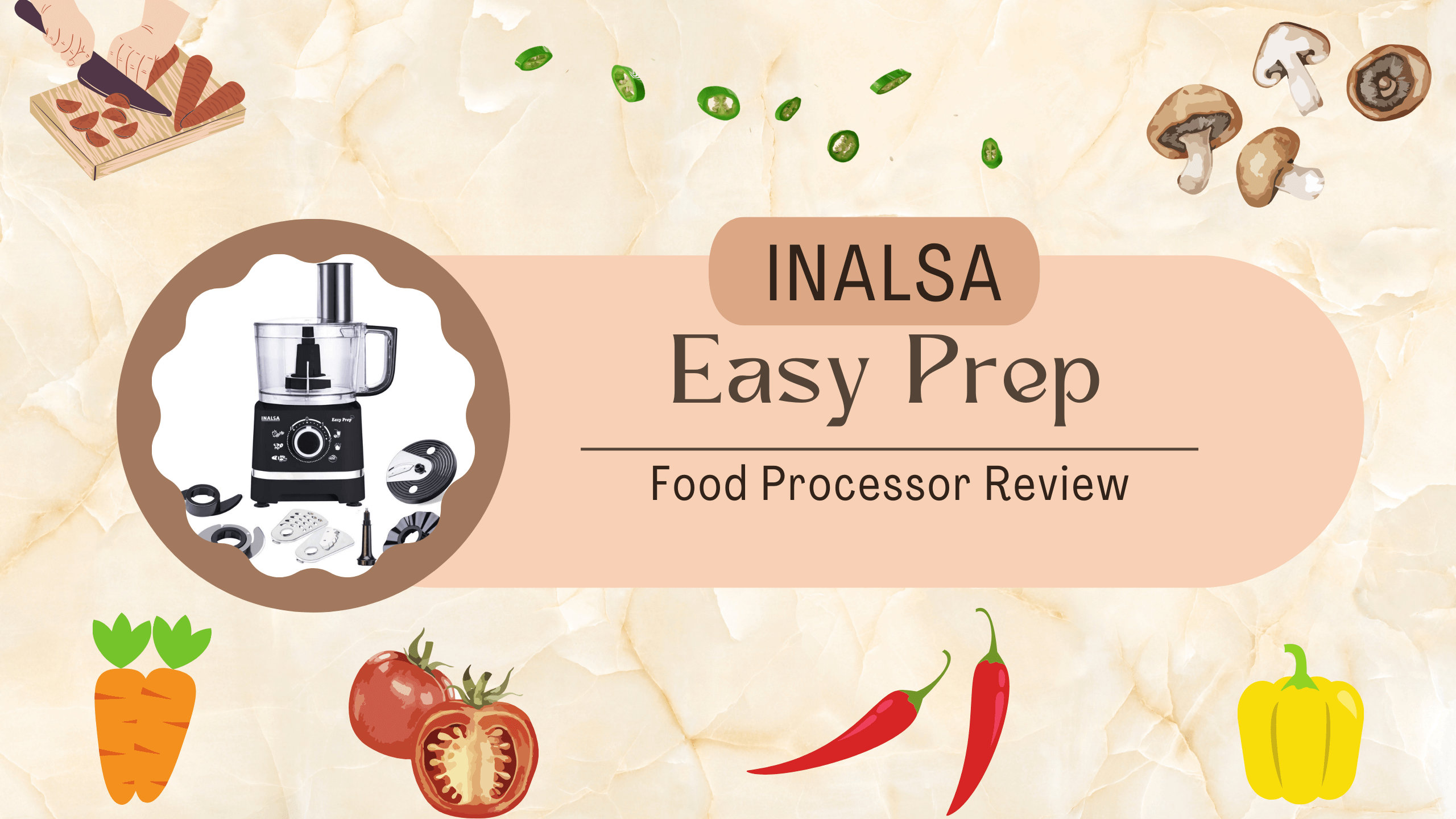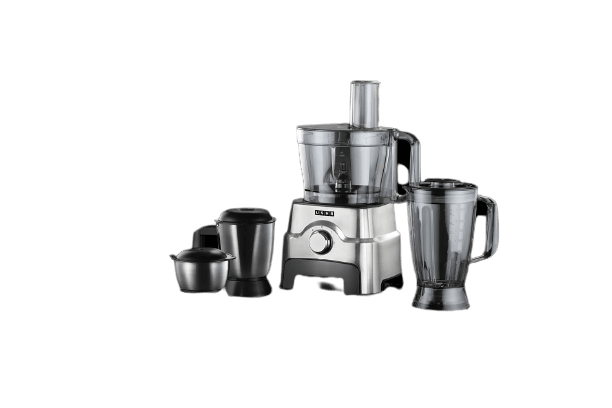Is a Food Processor the Same as a Blender? Let’s find out
Synopsis
No, a food processor and a blender are not the same. While both are kitchen appliances used for food preparation, they have distinct designs and functions—food processors excel at tasks like mixing, grinding, blending, kneading, juicing, chopping, and slicing, while blenders are best for creating smooth textures in liquids.
Introduction
In the bustling world of kitchen appliances, the terms “food processor” and “blender” are often used interchangeably, leading to confusion.
This blog post aims to determine whether or not a food processor is the same as a blender, shedding light on their unique features, functions, and the distinct roles they play in the culinary realm.
Understanding the Basics
Let’s start by getting to know the basics of food processors and blenders—those essential kitchen buddies that make our cooking adventures a whole lot easier!
Definition of a Food Processor
A food processor is a versatile kitchen appliance designed to perform a variety of food preparation tasks.
It typically consists of a base with a motor, a work bowl, and various interchangeable blades and discs.
Its multifunctionality makes it a powerhouse for chopping, slicing, dicing, grating, and even kneading dough, in addition to mixing, grinding, and blending.
ALSO READ: 5 Best Food Processors For Home Use
Definition of a Blender
On the other hand, a blender is a kitchen appliance known for its ability to transform solid ingredients into liquids.
It features a motor base, a pitcher or jar, and sharp blades that create a vortex, pulling ingredients towards them.
Blenders excel at tasks like making smoothies, pureeing soups, and creating silky sauces.
ALSO READ: Top 10 Mixer Grinders in India
Key Differences Between Food Processor and Blender
Here are the differences between a food processor and a blender:
Design and Construction
One of the primary differences lies in the design and construction of these appliances.
Food processors typically have multiple jars, and a wider, shallower bowl with various attachments, while blenders have a tall, narrow pitcher.
The blade structures also differ, impacting the texture and consistency of the final product.
Functions and Versatility
Food processors are the go-to choice for tasks like mixing, grinding, blending, chopping onions, slicing vegetables, and making dough.
Blenders, with their powerful motors and efficient blades, excel at creating smooth textures in beverages, soups, and sauces.
Texture and Consistency
The blade design significantly influences the texture of the final product.
Food processors, with their multiple blades and discs, offer more control over the texture, allowing for a coarser or finer result.
Blenders, with their high-speed blades, are adept at achieving a smoother consistency, ideal for drinks and purees.
Here’s a brief table highlighting the key differences between a food processor and a blender:
| Key Differences | Food Processor | Blender |
|---|---|---|
| Design and Construction | Wider, shallower bowl; various attachments; multiple jars | Tall, narrow pitcher; vortex-blade mechanism |
| Functions and Versatility | Mixing, grinding, blending, chopping, slicing, grating, kneading dough | Smoothies, pureeing soups, creating sauces |
| Texture and Consistency | More control over texture (coarse to fine) | Smooth, consistent textures (ideal for liquids) |
Understanding these key differences is crucial for selecting the right appliance based on your specific culinary needs.
When to Use a Food Processor
Ideal Recipes and Culinary Tasks:
Food processors shine in tasks that require precision and control.
From mixing different food items to grinding spices and from chopping nuts to grating cheese and kneading dough, a food processor is a multitasker for a variety of recipes.
Did you know? Some food processors also let you dice vegetables. Read Food Processor For Dicing Vegetables
When to Use a Blender
Ideal Recipes and Culinary Tasks:
Blenders are perfect for creating smooth textures.
From silky smoothies to creamy soups and velvety sauces, a blender’s powerful blades can handle a wide range of liquid-based recipes.
Tips for Optimal Food Processor Usage
- Ensure the food processor is assembled correctly to avoid mishaps.
- Use the pulse function for more control over chopping and blending.
- Adjust blade and disc sizes according to the desired texture.
ALSO READ: Usha 3811 vs 3810 Food Processors
Tips for Optimal Blender Usage
- Start with liquid ingredients to facilitate blending.
- Use the blender in short bursts, especially when dealing with dense ingredients.
- Invest in a high-quality blender for smoother results.
Purchasing Considerations
Features to Look for in a Food Processor:
- Multiple blade and disc options for versatility.
- A powerful motor for various culinary tasks.
- Easy-to-clean components for convenience.
Features to Look for in a Blender:
- A sturdy, high-capacity pitcher for liquid-based recipes.
- Variable speed settings for control over blending consistency.
- Durable blades for efficient blending.
Conclusion
In conclusion, while food processors and blenders are often used interchangeably, their unique features and functions make them suitable to be used for different purposes.
Understanding these differences lets you make informed choices.
Additional Resources
Explore, create, and let your culinary imagination run wild with the perfect synergy of a food processor and a blender in your kitchen!
About Author
You can ‘meet your author’ on the About Author page here.
-

Why Front Load Washing Machines Are Expensive?
Synopsis Synopsis Front-load washing machines are generally more expensive due to advanced technology, premium components, complex manufacturing, import duties, and brand premiums. While the initial cost is higher, they offer long-term benefits like energy efficiency, water conservation, and superior cleaning performance. This blog post will examine the factors contributing to the increased price of front-load…
-

Morphy Richards DLX 1000 Review
Morphy Richards DLX 1000 Review – Morphy Richards Icon DLX Food Processor (1000 Watts) Introduction Are you tired of juggling multiple kitchen appliances to prepare your meals? Look no further! The Morphy Richards Icon DLX Food Processor is here to assist you with your kitchen chores. Morphy Richards Icon DLX Food Processor Review 44% Morphy…
-

Inalsa Easy Prep Food Processor Review
Inalsa Easy Prep Food Processor Review – Cooking Made Simple! Introduction Are you tired of juggling multiple kitchen appliances to prepare your meals? Look no further! The INALSA Easy Prep Food Processor is your one-stop solution for effortless meal preparation. With its powerful motor, versatile attachments, and thoughtful design, this appliance is a great addition…








